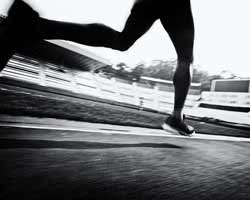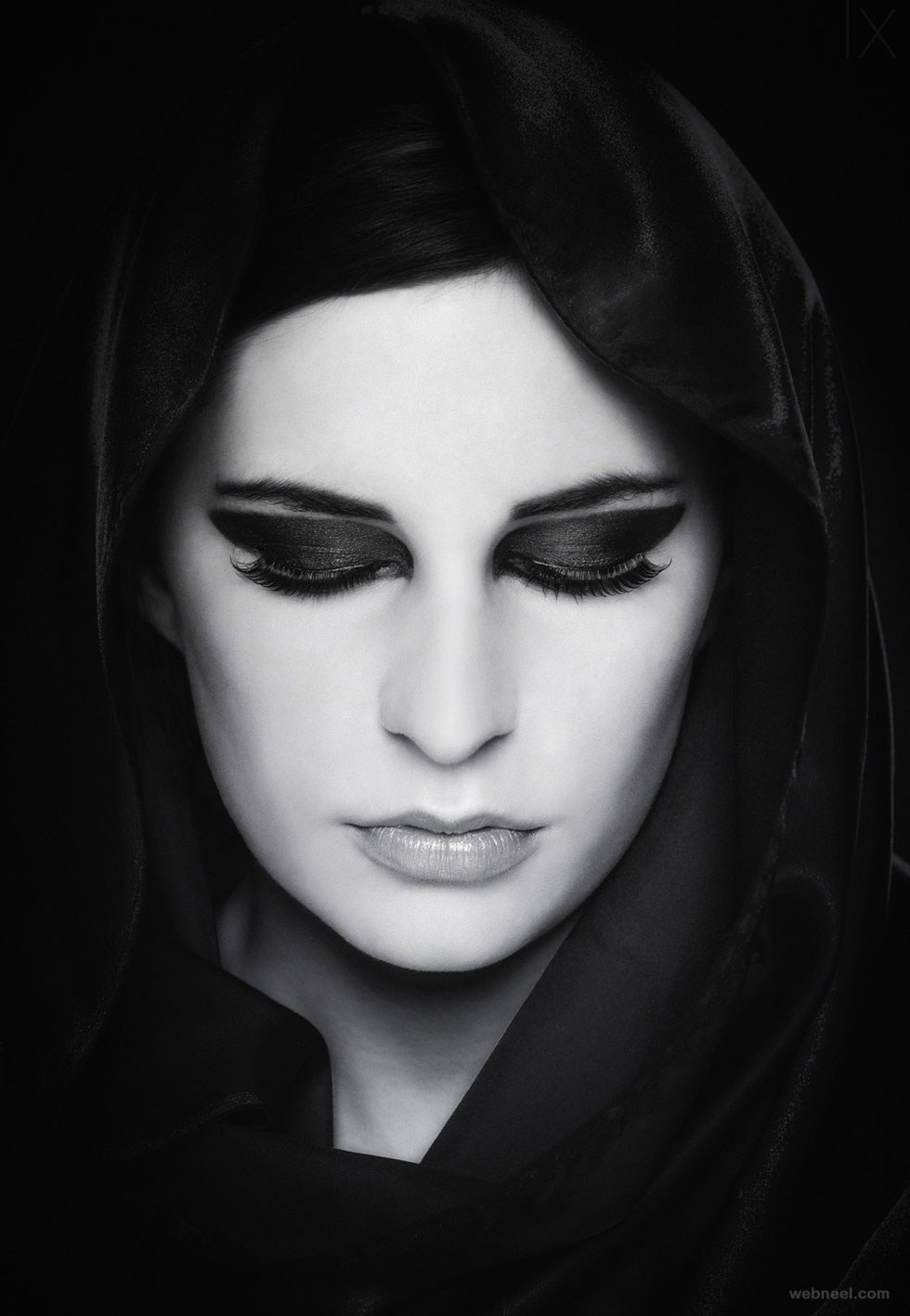Black And White Photography Printing
Black And White Photography Printing - The art of black and white photography dates back to the very beginning of photography. The classic look of black and white prints is still very popular today, as it provides a timeless and elegant appeal to any photograph. With advances in technology, black and white printing has become easier and more affordable than ever before. In this article, we will explore tips, ideas, and how-tos on achieving high-quality black and white inkjet prints.
Tip 1: Choosing the Right Paper
The paper you choose to print on can have a huge impact on the final result of your print. Here are a few different types of paper to consider when printing black and white photographs:

- Satin: Gives a smooth finish and vivid color reproduction, making it a great choice for black and white photographs with a lot of contrast.
- Matte: Offers a more subtle effect that can highlight fine details, but may not work well with high contrast images.
- Canvas: Adds texture and depth to black and white images, creating a unique look that can stand out in a crowd.
Tip 2: Setting the Right Brightness and Contrast
Getting the brightness and contrast correct is essential to achieving high-quality black and white prints. Here are a few tips:

- Use a neutral density filter: This will help reduce the overall brightness of the image, allowing you to capture more detail in the highlights and shadows.
- Adjust contrast settings: Some printers offer preset options for black and white prints. However, it's always best to experiment with the contrast settings to find the right balance that works for your specific image.
Tip 3: Calibrating Your Monitor
Calibrating your monitor is essential for achieving accurate colors and tones. Here are a few things to consider:

- Invest in a color calibration system: This is the most accurate way to ensure that your monitor is calibrated correctly, but can be a bit expensive.
- Use built-in calibration tools: Most operating systems have built-in tools that you can use to calibrate your monitor, but keep in mind that they may not be as accurate as a dedicated calibration system.
Tip 4: Understanding Black and White Conversion
When converting your color image to black and white, there are a few techniques you can use to get the best possible result:
- Grayscale Conversion: This is the most straightforward method and simply converts your image to black and white, with no alterations to the colors.
- Channel Mixer: This option allows you to adjust the tones of the different colors in your image to achieve a more dramatic effect.
- HSL/Color: This option allows you to adjust the saturation of the different colors in your image to control the brightness of the resulting black and white print.
Tip 5: Printing Your Image
Once you've prepared your image and selected the right paper and settings, it's time to print your image. Here are a few things to consider:

- Print in high resolution: For the best possible quality print, make sure that your image is set to print at the highest resolution possible.
- Check for any paper settings: Some printers may require specific paper settings to ensure that the ink is distributed correctly on the paper.
- Allow time for drying: After printing, make sure to allow enough time for the ink to dry before handling the print.
Conclusion
Black and white photography remains a popular and timeless art form, and with modern technology, it has never been easier to achieve high-quality inkjet prints. By following these tips and techniques, you'll be well on your way to creating stunning black and white images that can stand the test of time.
View more articles about Black And White Photography Printing
Post a Comment for "Black And White Photography Printing"